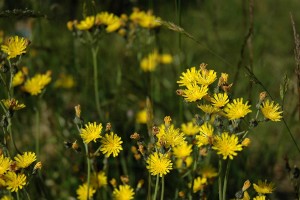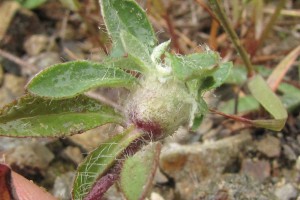Hieracium hover flies
History in New Zealand
The hieracium root-feeding hover fly (Cheilosia urbana) and the crown hover fly (Cheilosia psilophthalma) are native to Europe and were imported from Switzerland by Manaaki Whenua - Landcare Research, in conjunction with the Hieracium Control Trust, in the late 1990s for testing.
Permission to release the hover flies was granted in 2001 and a further shipment imported to begin a rearing colony. A limited number of releases have been made to date, owing to rearing difficulties, and establishment has not yet been confirmed.
How would I find/recognise it and what is its lifecycle?
These hover flies look similar to other species of hover fly that are already present in New Zealand. You would not be able to tell the two hieracium hover flies apart without a microscope. Both are medium-sized (7-8 mm long) stout-bodied blackish flies with large heads. In males, the compound eyes meet on the top of the head, whereas in females, there is a small gap between the eyes.
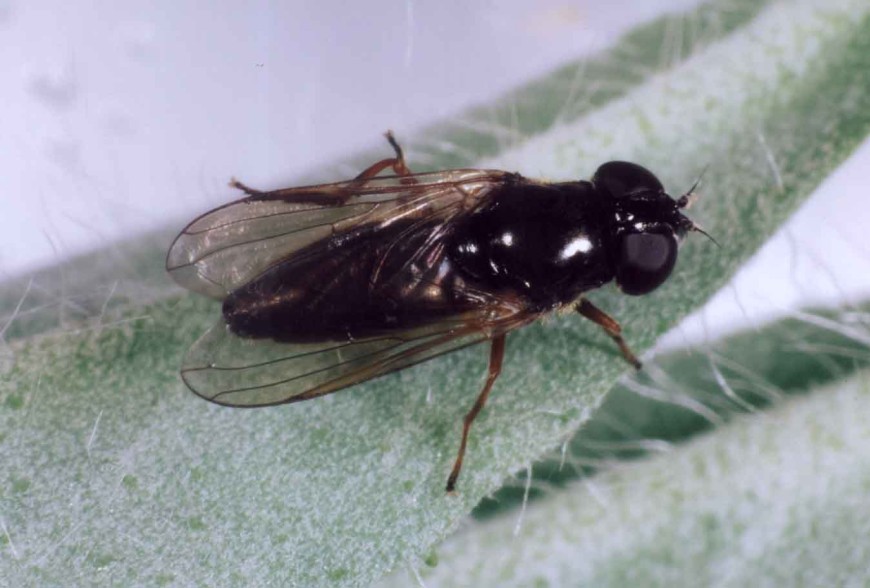
Image: hieracium root-feeding hover fly (Cheilosia urbana).
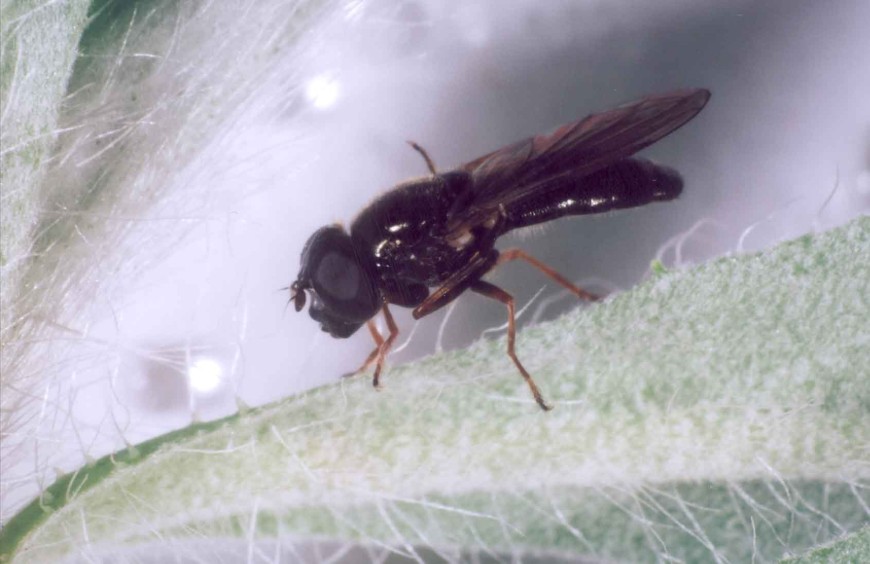
Image: hieracium crown hover fly (Cheilosia psilophthalma)
Females of both species lay their eggs in the leaf axils of hawkweed plants in spring. Upon hatching, the larvae of the root-feeding hover fly move underground, so you are unlikely to see them. However, you may see the creamy coloured larvae of the crown hover fly as they feed on plant material above the ground - they often burrow into the centre of rosette plants. The larvae of both species are quite mobile and can easily move from plant to plant. Both species overwinter as brown pupae - the crown hover flies pupate on the soil surface whereas root-feeding hover flies pupate just below the soil surface. New adults of both species emerge in spring and both have only one generation per year.
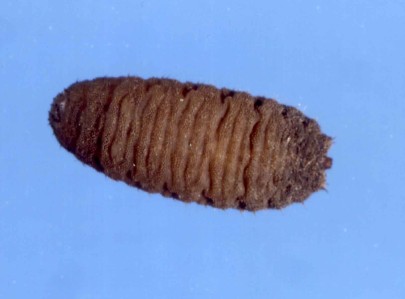
Image: hieracium root-feeding hover fly larva.
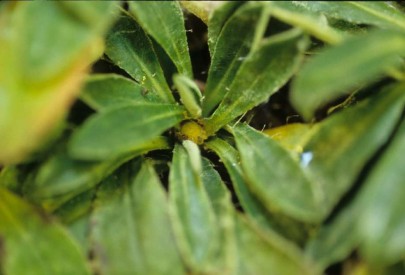
Image: hieracium crown hover fly larva.
How does it damage hawkweeds?
Larvae of the root-feeding hover fly feed underground externally on the roots of the plant. Larvae of the crown hover fly feed on the centre of rosettes, at the base of the stolons, in the leaves and leaf axils, and in the stolon tips. Feeding by these hover flies stunts the growth of affected plants.
Will it attack other plants?
No, it is extremely unlikely that hieracium hover flies will attack plants other than mouse-ear hawkweed (Pilosella officinarum), king devil hawkweed (P. praealta), field hawkeed (P. caespitosa), tussock hawkweed (H. lepidulum), and orange hawkweed (P. aurantiaca).
How do I select a release site?
Read Guidelines for selecting release sites for biocontrol agents.
Key contact


